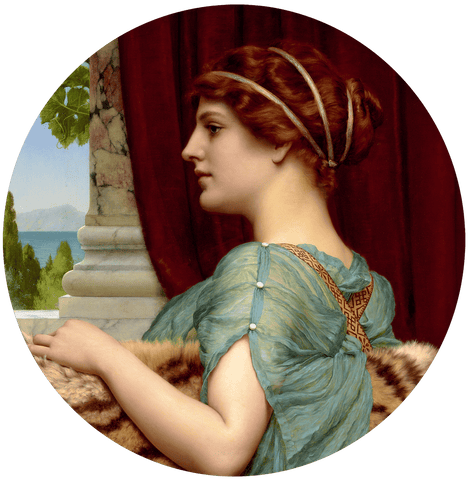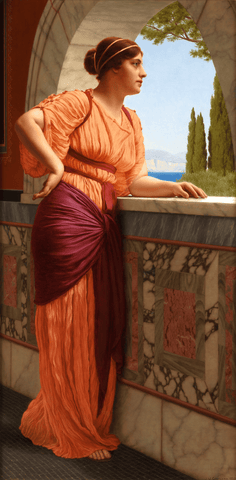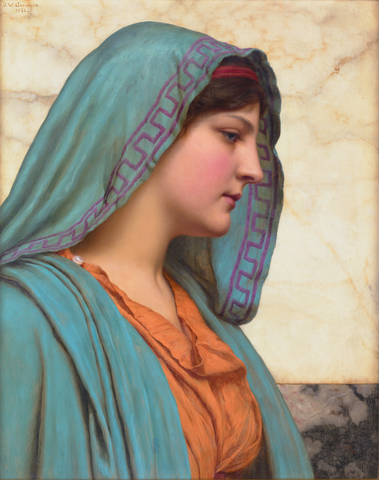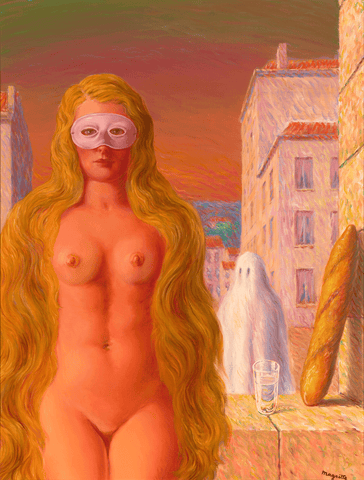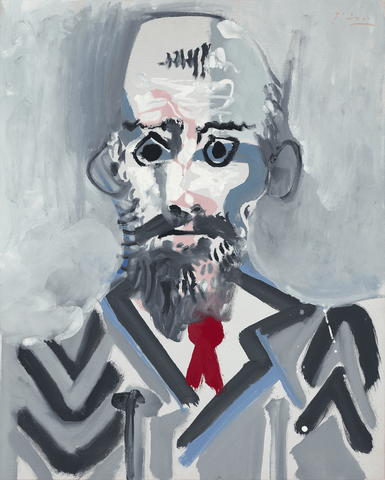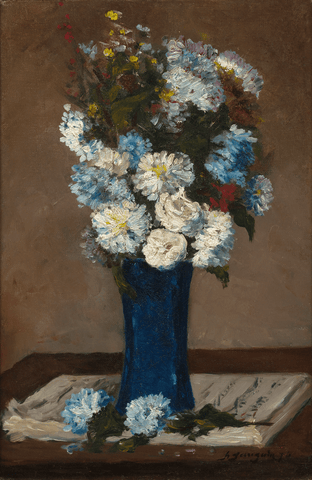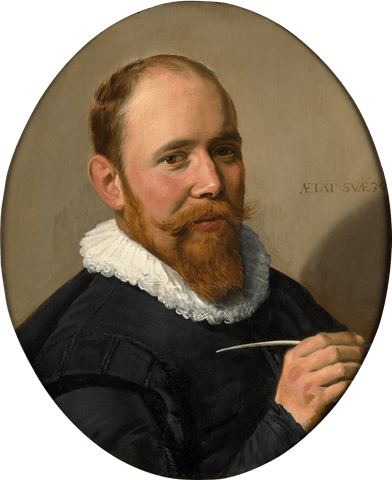Artists
Godward, John William
John William Godward is one of the foremost Victorian Neoclassicist painters, working in a style sometimes referred to as the “Marble School.” Influenced by and often compared to Sir Lawrence Alma Tadema, both artists are celebrated for their color paintings of decadent ancient Roman and ancient Greek scenes.
Though so many of Godward's canvases depict beautiful women in blissful repose, with landscape features the life of the artist himself was in fact shrouded in familial rejection. So disappointed that the artist sought to pursue a career in painting, his family allegedly cut Godward's visage out of all family photographs due to his artistic ties. Later and, perhaps more dramatically, they also burned his personal documents after he committed suicide. Nonetheless, the artist produced a substantial body of beautiful works that continue to be celebrated for their technical mastery. The artist had an unparalleled gift for depicting rich textures of marble, cloth, fur, and especially skin; his sensuous and life-like portrayals of female models rival art history's best.
The artist was romantically devoted to Neoclassical ideals, following in the footsteps of first-generation Neoclassical painters such as Frederic Leighton. He filled his studios with ancient objects and marbles and sought to work with Italian or Italian-looking models, in an effort to give a further air of authenticity to his work. The models' gauzy, diaphanous robes are a reflection of an ingenious process: the artist first painted his models in the nude before delicately applying their robes on top of the painted flesh. His talent and legacy resulted in his artwork having been collected by the world's foremost institutions, including the Getty Museum in Los Angeles, the Metropolitan Museum in New York, and the National Trust for Scotland.
The artist was born in August 1861 to a middle-class family in the London suburb of Wimbledon. His father practiced as an investment clerk at a life assurance agency, and strongly encouraged his son to follow in his professional footsteps. Well educated thanks to his upbringing, Godward almost obliged his father's wishes. However, when given an offer to work in the same firm as his father, he ultimately rejected the opportunity, opting to study painting instead.
His early training consisted of architectural lessons with William Hoff Wontner and, later, his son William Clark Wontner, while studying at a local London art school. His training proved fruitful when in 1887 the artist's painting A Yellow Turban was accepted for exhibition at the Royal Academy. The artist continued to exhibit at the Royal Academy throughout much of his career, as well as with commercial art dealers Arthur Tooth and then Thomas Muller McLean, both in London.
In 1912, the artist moved to Italy for a period of time. This choice reflected his professional interests in capturing the classical past, but also had romantic implications. In his move, the artist was accompanied by one of his most likely Italian models for whom he had great affection. Upon learning of this, the artist's family officially cut off communication with Godward, which was never recovered.
Godward returned to London in 1921, but would only last another year before committing suicide in 1922, at the age of 61. A decade or so prior, Neoclassical paintings began to go out of fashion with an influx of modern art, yet Godward was steadfastly devoted to his practice. The artist's suicide note reportedly contained the dramatic statement, “The world is not big enough for myself and a Picasso.” In spite of modern art's reign, today's academics and collectors alike have demonstrated appreciation for the Marble School painters, who captured the idealism of time passed.
